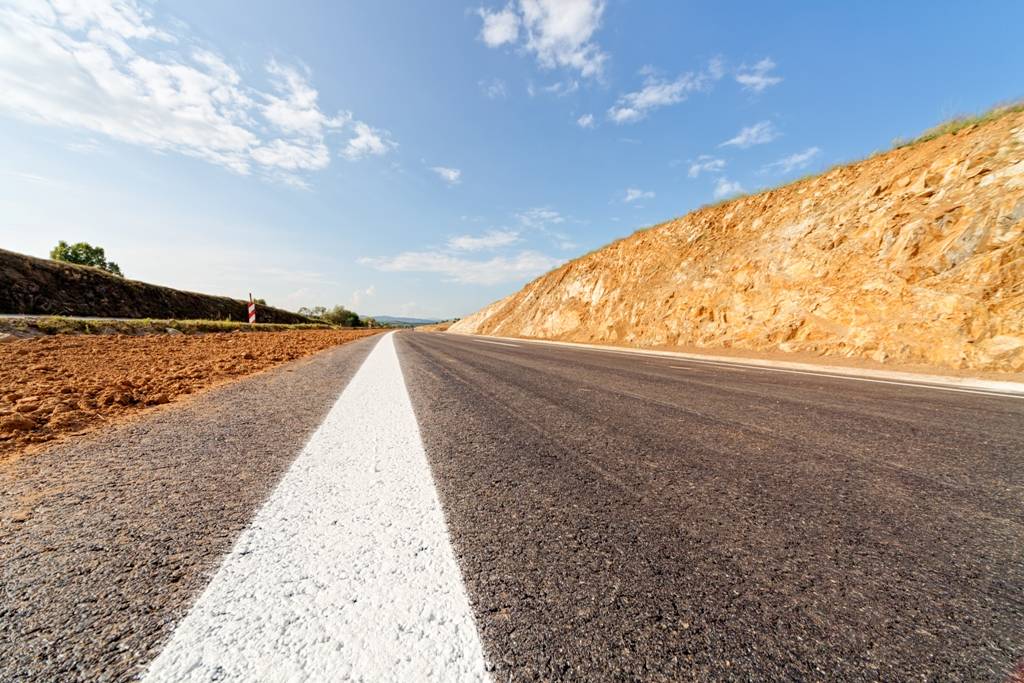The first synthetic thermoplastic materials entered the market in the middle of the last century (1965). The SBS-polymer name comes from “styrene- butadiene-styrene”. This material has a chemical structure with elastic internal block. This is why SBS-polymers are perfect to be mixed with bitumen. Polybutadiene chain is formed as a result of such interaction.
Characteristic of these polymers is that polybutadiene and polystyrene are not stratified because they are connected to each other chemically.
What is the impact of SBS-polymers on the properties of bitumen?
Due to the presence of SBS-polymers, bitumen has the optimal flexibility and viscosity at low outside temperatures.
Implementing SBS-polymer as binding agents achieves following results:
- better resistance to permanent mechanical stresses at rising temperatures. This is achieved by high viscosity provided by the presence of polymer matrix;
- high resistance to cracking at low temperature;
- increased resistance to thermal and mechanical pressure, which is achieved by increasing stiffness;
- increased wear resistance;
- high resistance to aging and improved characteristics of binding agent fragility for porous asphalt.
Experts claim that using SBS-polymers is one of the most effective methods of bitumen modification today. It allows obtaining pavement surfacing with improved technical and operational characteristics.

